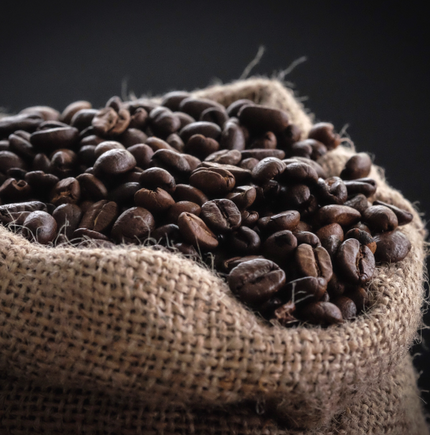-
What's In Your Mug?
Coffee Origins
Follow the epic journey that every coffee takes from the cherry to your cup.

Where does coffee come from?
Coffee is widely regarded as originating in Ethiopia, with some accounts tracing it as early as the 9th century. From the 17th century onwards, coffee seedlings were brought to Asia and the Americas, with Brazil, Colombia, and Indonesia emerging as major growing regions.
The different growing conditions in each country produce incredible variety in coffee, across flavor profile, aroma, body, and acidity. Additionally over the years, new coffee strains, cultivation practices, and processing methods have emerged, distinct to each region.
When you see “single origin” on a bag, it means you can enjoy the unique taste of a place. We encourage you to try many different origins and savor the delicious differences. One of the reasons we love coffee is because you can never stop discovering something new.

Shop coffees by origin
Who grows your coffee?
Coffee trees require nurturing and cultivation, and the cherries need to be picked and sorted. Here’s who does it.

Small-holder farmers
The majority of coffee worldwide is grown by small-holder farmers, who own less than 5 hectares of land and grow coffee alongside other crops.

Coffee estates, farms, and micro mills
Some coffee is grown on a single farm or estate. Costa Rica in particular is home to many “micro-mills”, where all the coffee is grown and processed on the same estate.

Coffee plantations
Brazil is home to some of the largest coffee plantations, using industrial production methods and employing thousands of workers, making the country the world’s leading coffee exporter.
All about the C-Market
Coffee growers’ earnings are often based on the fluctuating commodity price of coffee, rather than the actual cost of production. Many people in specialty coffee are working to change this and create a more equitable supply chain.

How is coffee processed?
The name on your coffee bag often comes from the name of its processing station or factory. This is where the fruit is removed from the coffee cherries, resulting in the green beans that are roasted. The processing method used can make a world of difference in the cup.

Natural process
Also known as “dry process”, this is the oldest processing method, in which the coffee is dried in the cherry over many days, giving the resulting beans a particularly fruity flavor profile.

Washed process
Also known as “wet process”, in this method, the fruit pulp is removed from the coffee through washing with water, often resulting in what’s described as a “clean-tasting cup” with mellow, floral notes.

Honey process
This is a middle ground between washed and natural. The coffee is washed but not all of the fruit pulp is removed before it is dried. There are varying degrees of fruit removed, with black honey process being closer to a natural process and white honey being closer to washed.

Anaerobic and experimental
Many exciting new processing methods continue to emerge, producing intense new flavors. Two notable methods are anaerobic process, in which the cherries are fermented without oxygen, and co-fermentation, in which the cherries are fermented alongside other fruits.
Shop coffees by process
Radically transparent roasters
Meet some of our roaster partners who provide transparency reports for every coffee they offer, from the price they paid the farmer, to the cost of packaging and shipping.
-

Onyx Coffee Lab
From green price to cup score, every Onyx coffee provides a snapshot into the specialty coffee industry.
Meet Onyx -

Metric Coffee
Creators of the podcast Source Code, Metric believe that transparency is the key to a just and fair supply chain.
Meet Metric -

Sustainable sourcing
We spoke with Metric and Equator about how to create more equitable and environmental coffee sourcing practices
Read More
-

Discover a new coffee every week
Join Fellow Drops and discover something new every week with our exclusive and limited coffee drops!










































